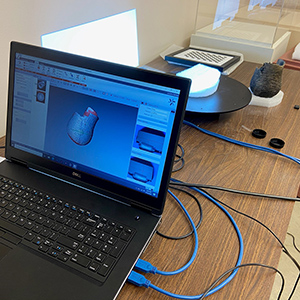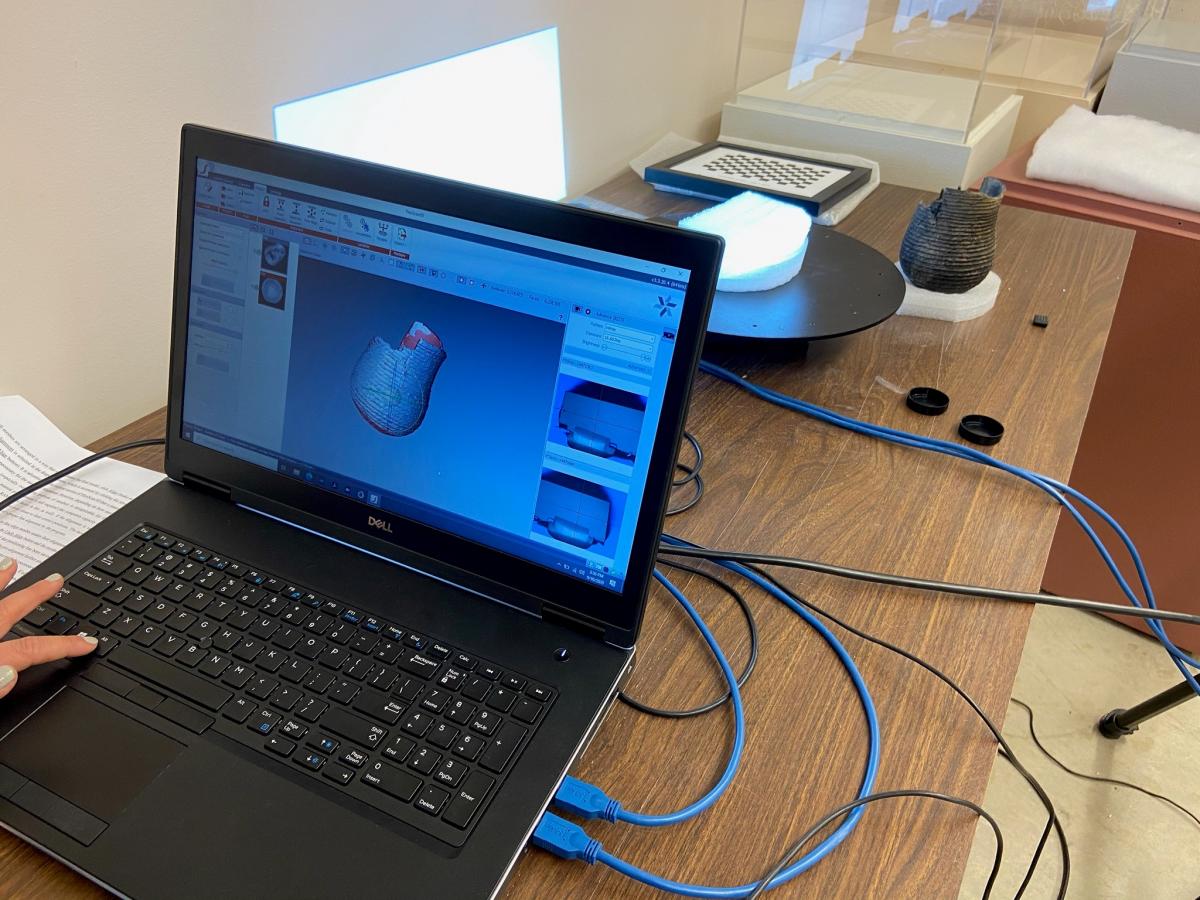
Erin D asks: How much of what you do relates to various fields of what the general public considers science (i.e. biology, physics, chemistry)? How do the different branches of science relate to what you do?
Among the joys of working in an anthropology museum is that we get to be omnivorous consumers of many disciplines and techniques. In addition to being deeply grounded in the insights and perspectives of anthropology—a discipline that explores the breadth of what it means to be human—Maxwell staff draw on disciplines across the humanities, social sciences, and natural and physical sciences in our research and in our daily work on collections and exhibitions.
Anthropologists often gain expertise in scientific approaches that support their ability to address particular research questions. For example, archaeologists interested in ancient food and subsistence practices must learn about the anatomy and biology of plants and animals and may also conduct an array of more technical studies, such as isotope studies, analysis of ancient DNA, starch grain analysis, etc., as well as paleoecology. Human osteologists are experts in anatomy and the analysis of human skeletal remains and what they teach about past peoples’ health, work, descent, etc. Knowledge of geology is essential to interpreting the formation of archaeological sites and, in recent decades, the analysis of satellite and other remote sensing data have become increasingly important to documenting ancient landscapes and environments and their changes over time. Anthropologists also employ a variety of analytical techniques to analyze the chemical and mineral composition of ancient artifacts and use scientific methods to date objects and sites: from radiocarbon and other radiometric dating techniques to tree-ring dating (dendrochronology), among many other scientific dating methods.
In addition, exhibit and collection staff must have practical scientific expertise: understanding how light, temperatures and humidity levels affect objects and how to design, install, and house collections to prevent harm. Our staff even have to have some knowledge of entomology, to make sure no harmful insects chew or damage collections!
For anthropologists and museum professionals, understanding and using scientific methods and techniques is never an end in itself, but instead these are tools we can use to learn about and share uniquely human stories.

Maxwell staff creating a 3D scan of a corrugated ceramic vessel